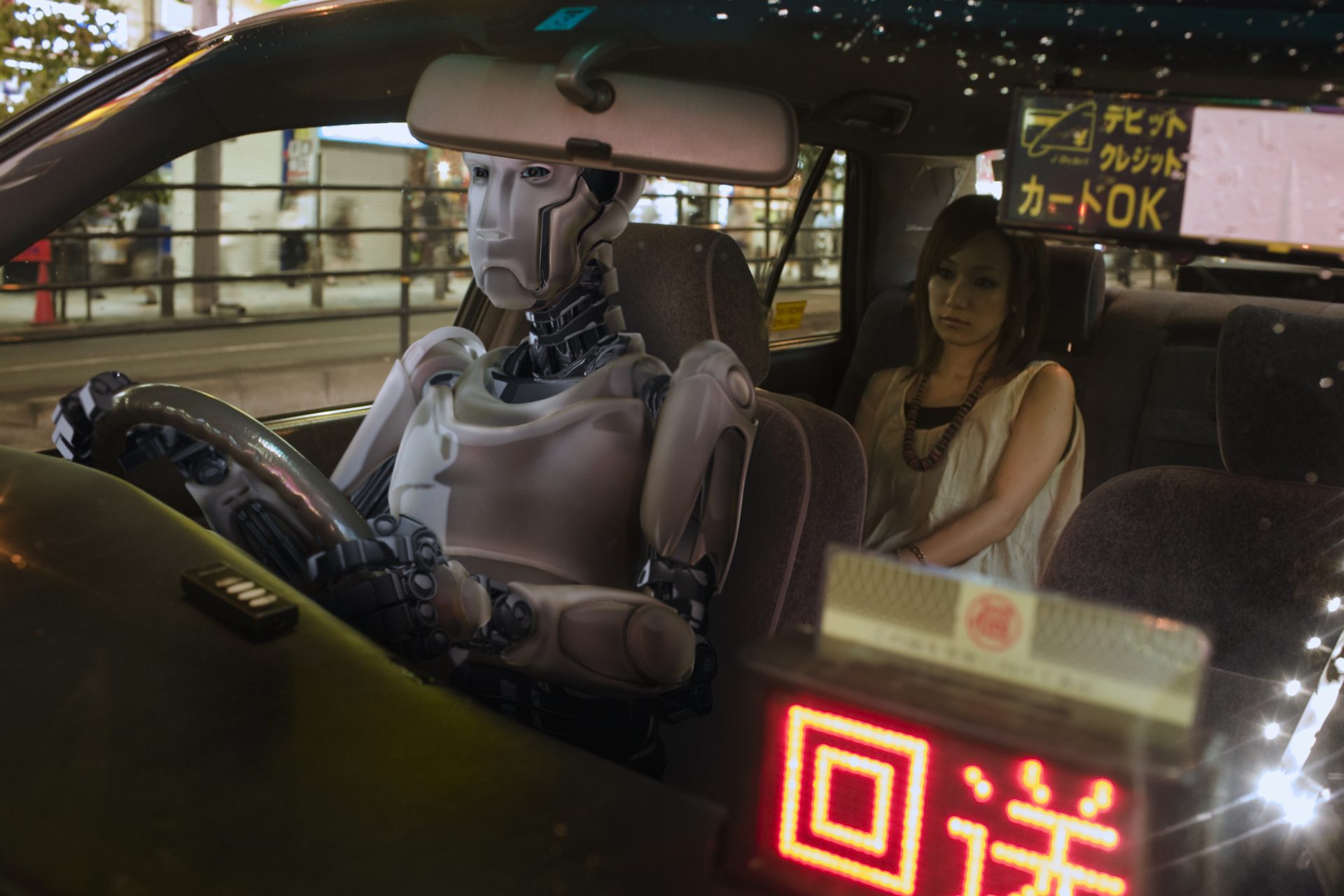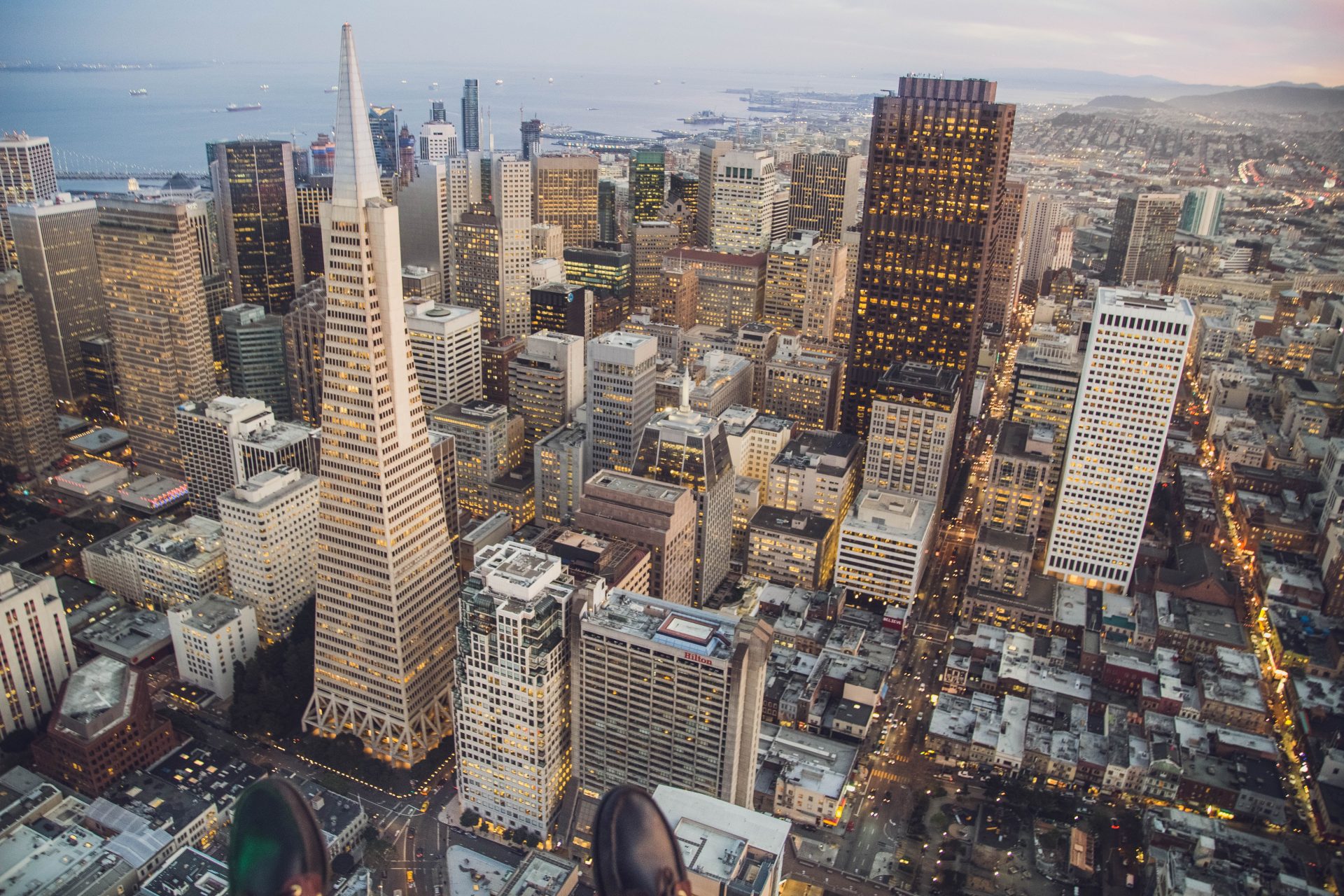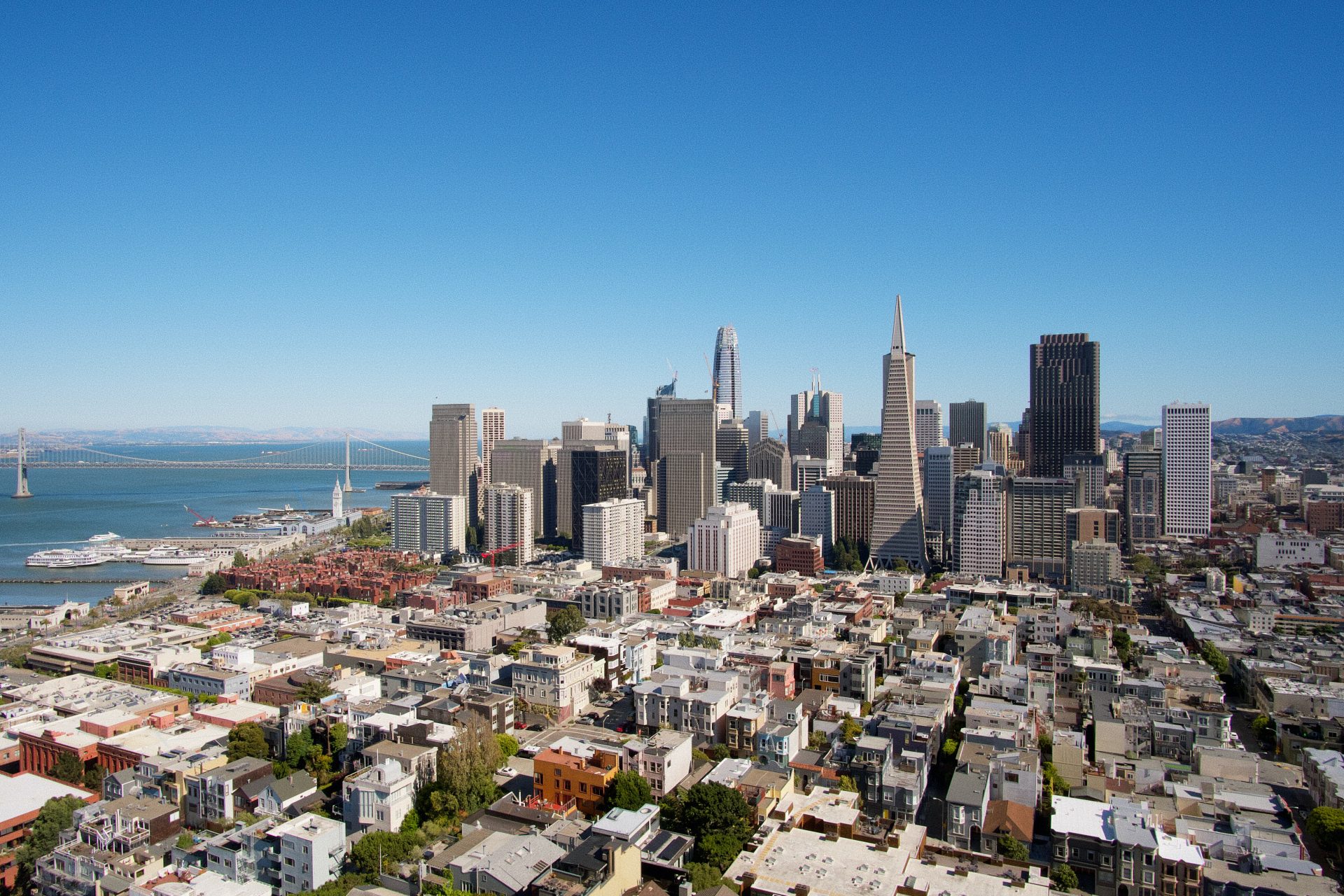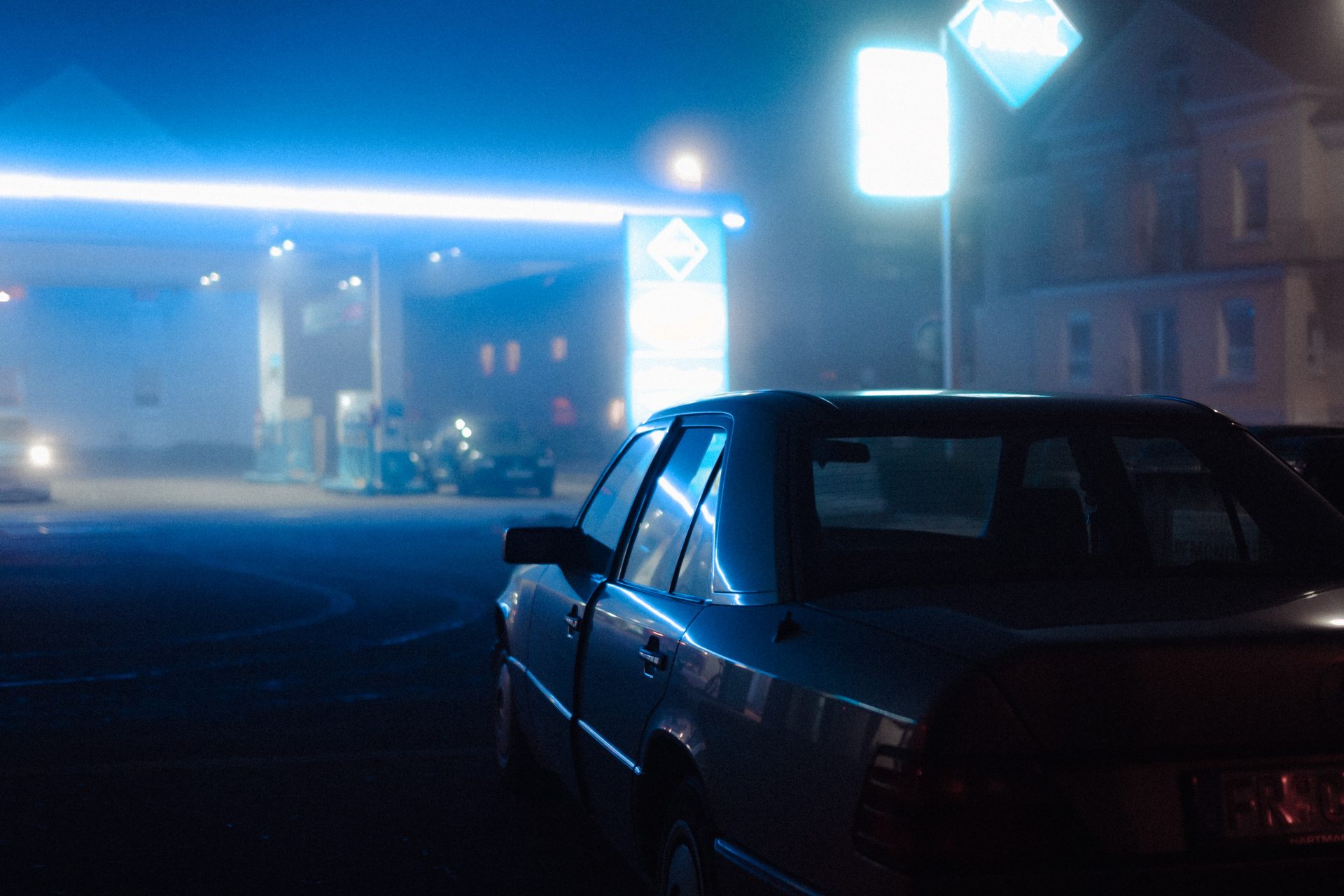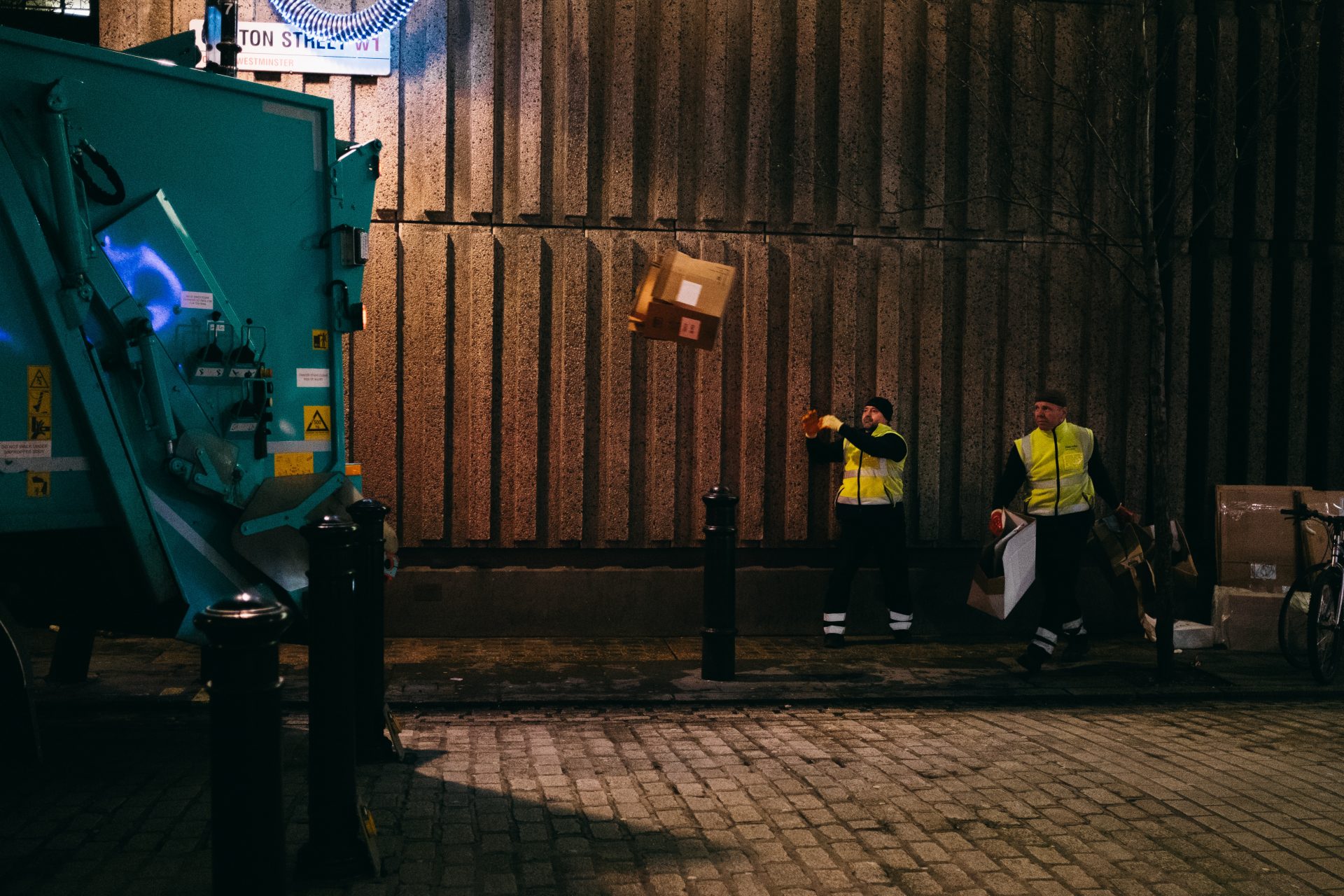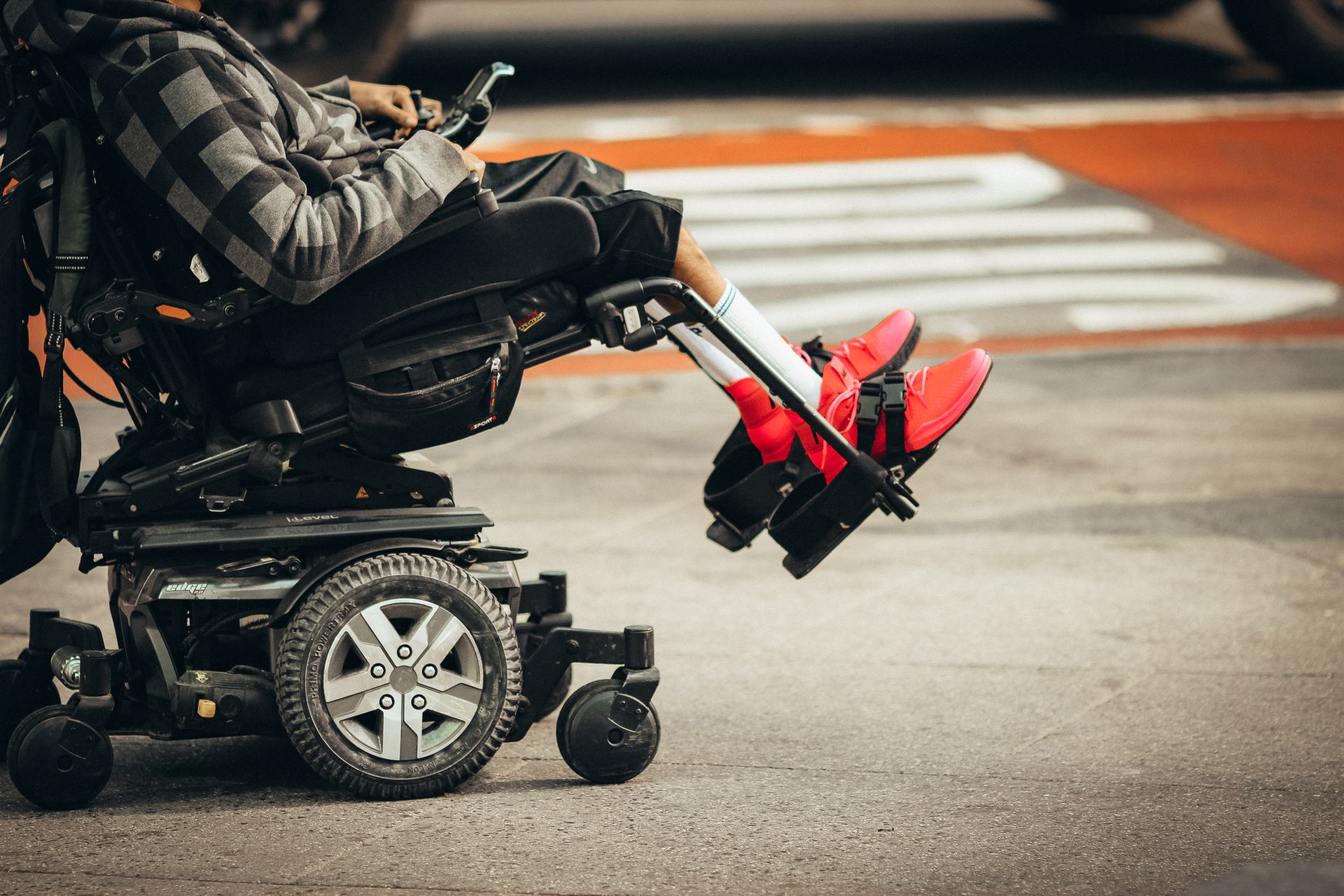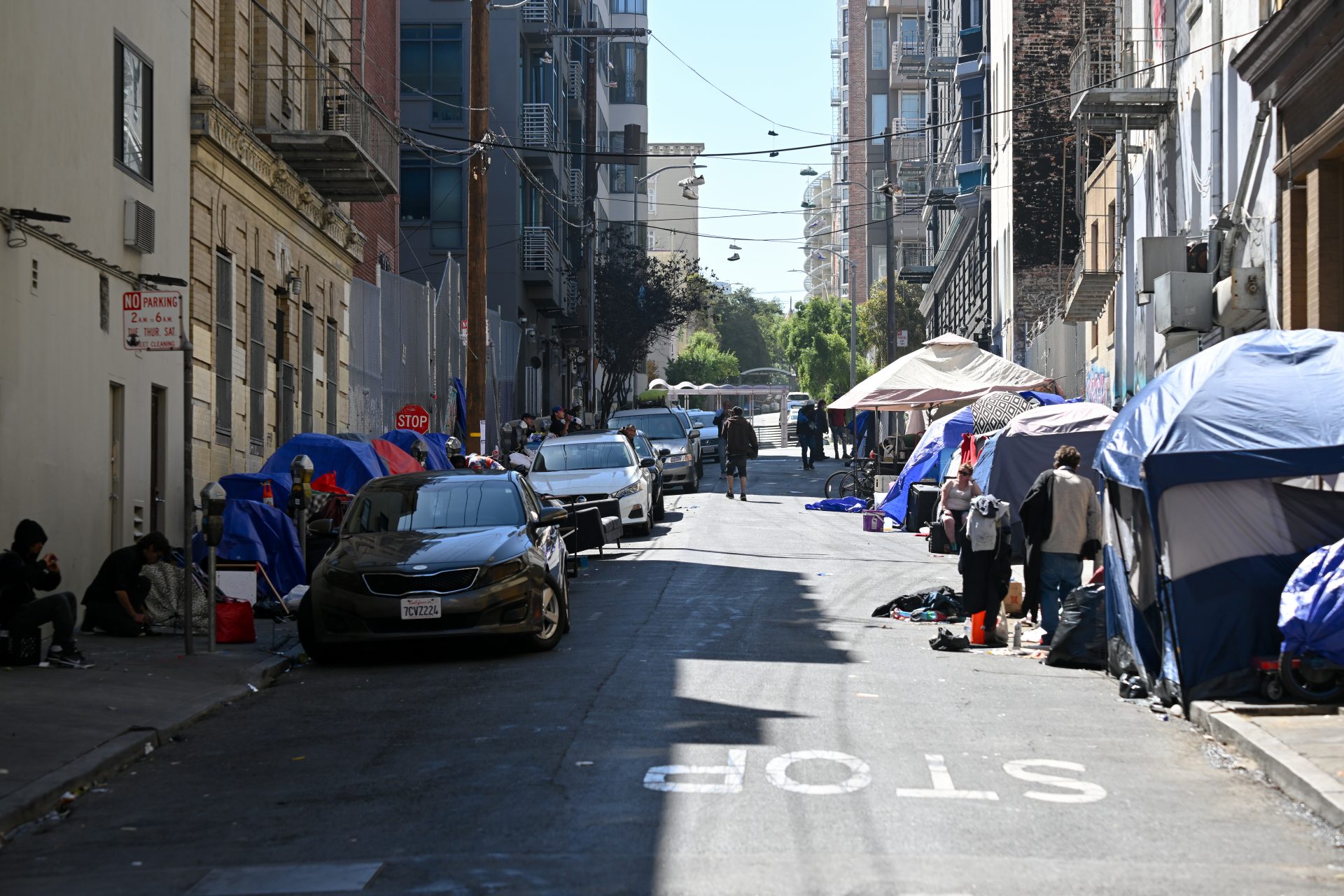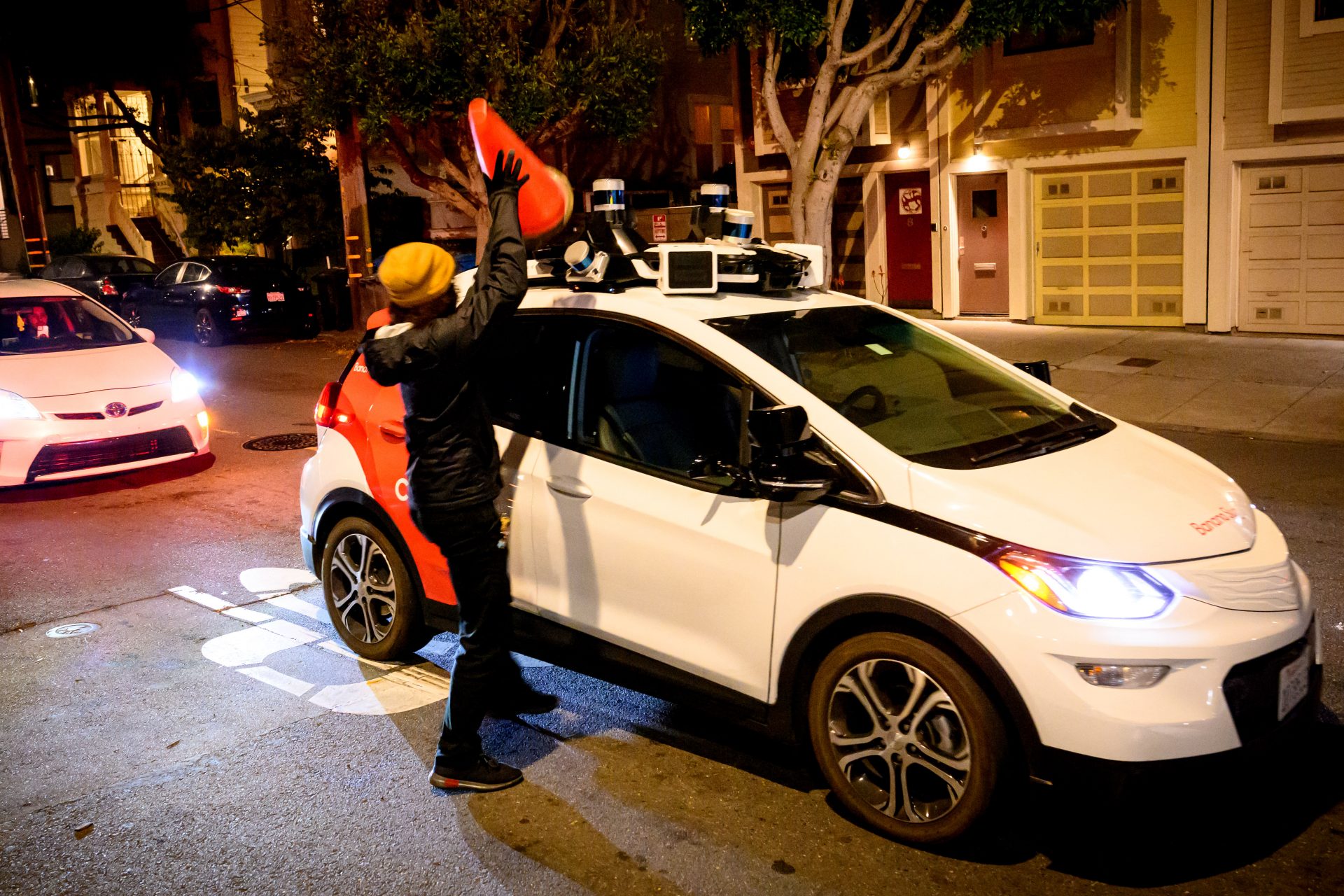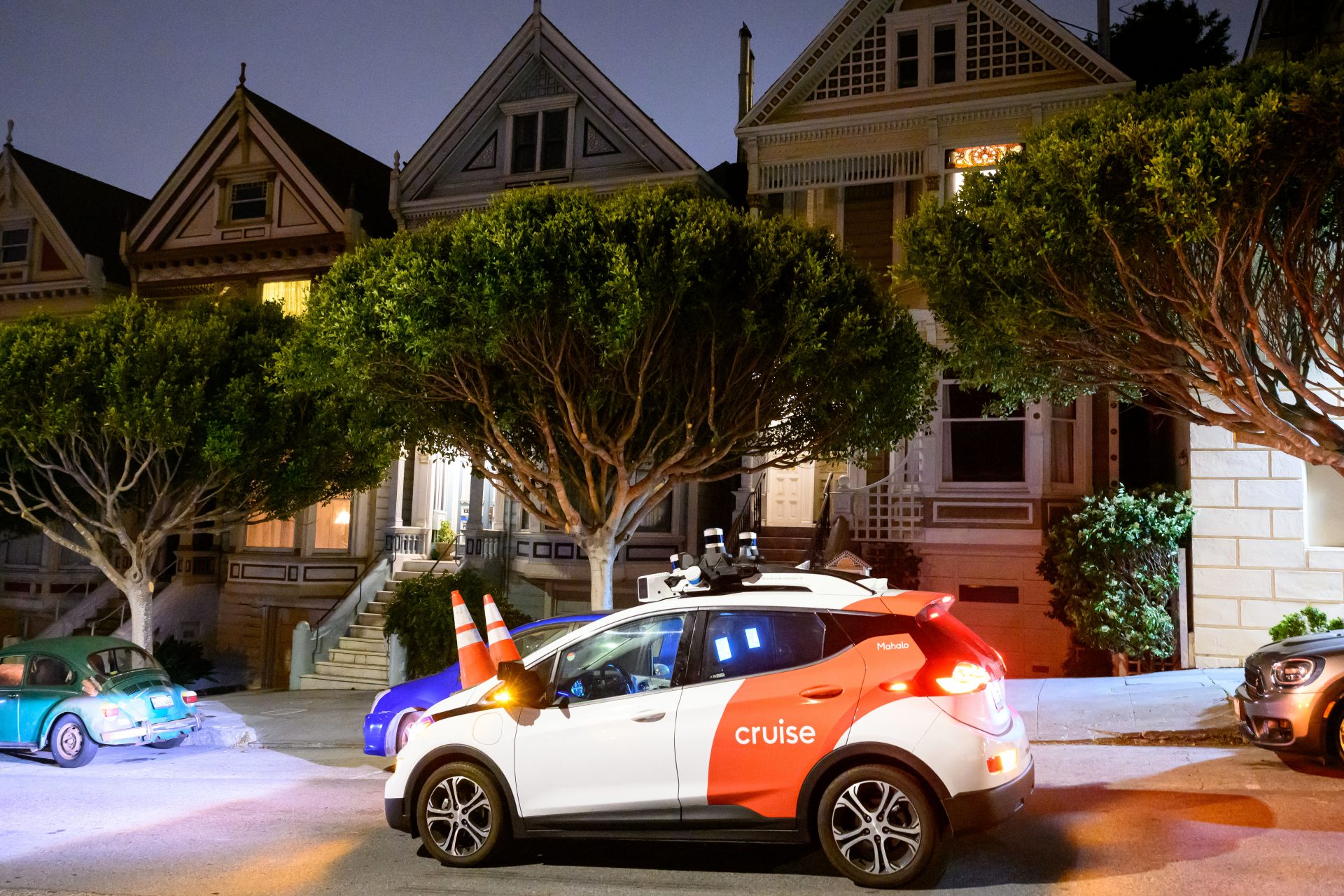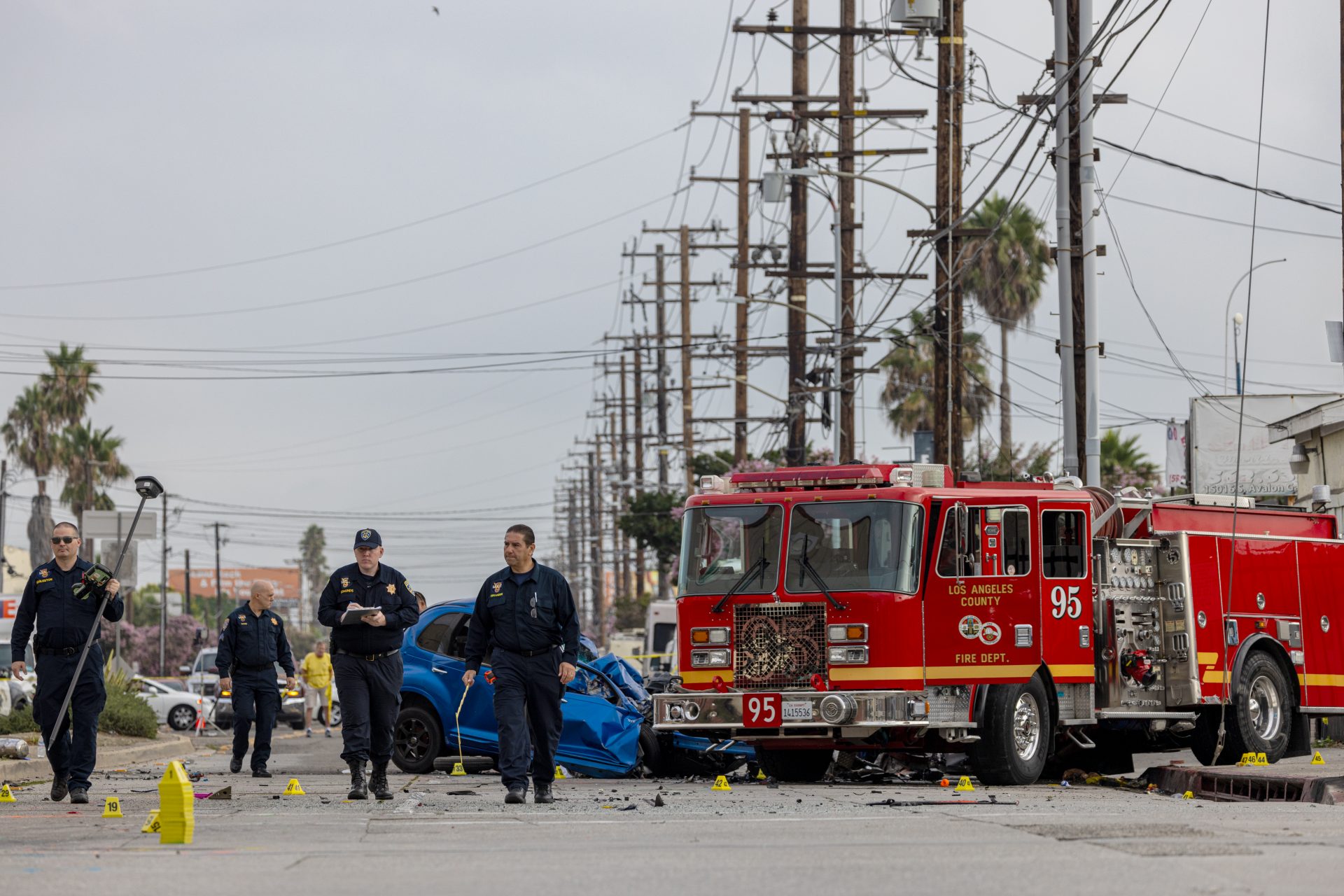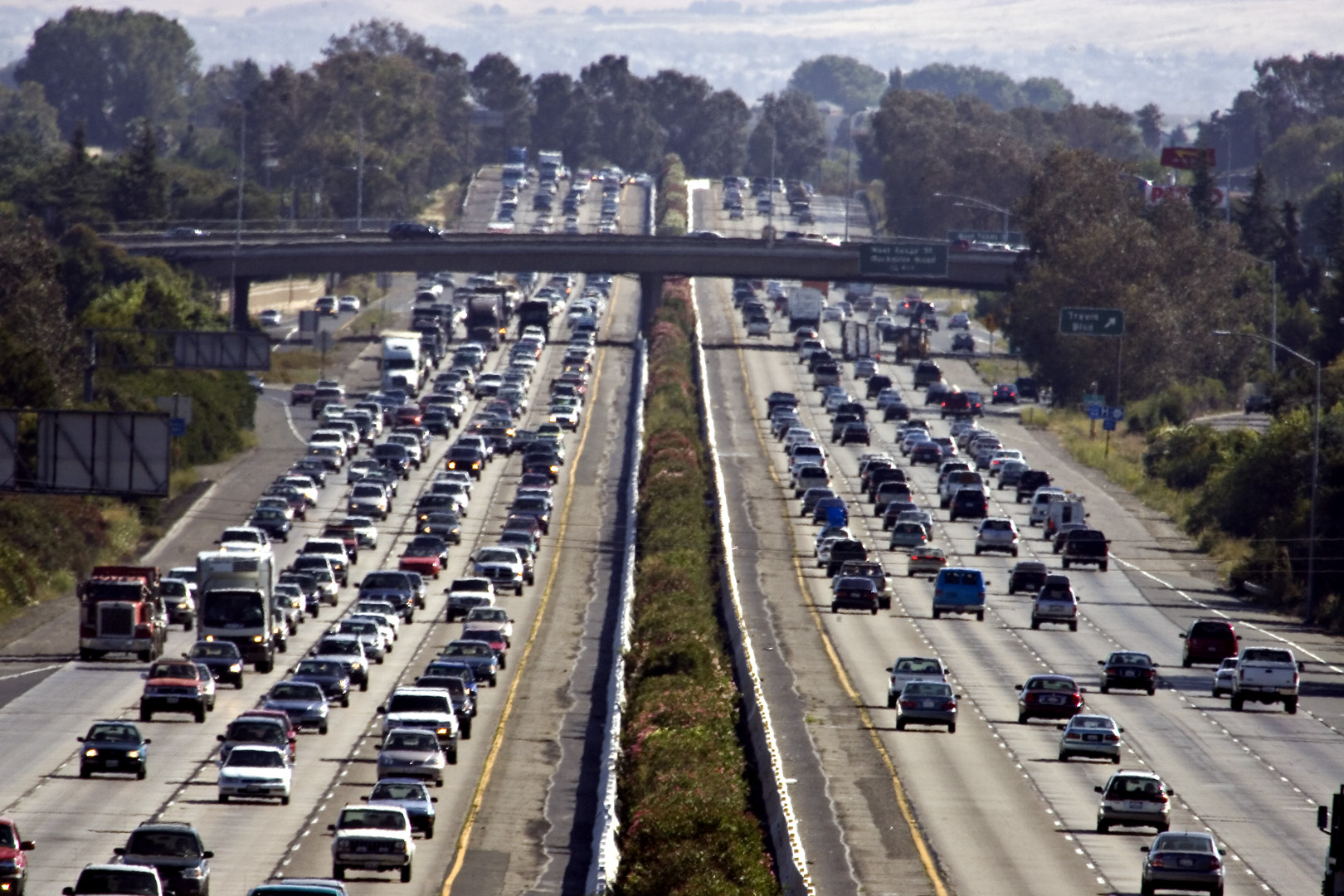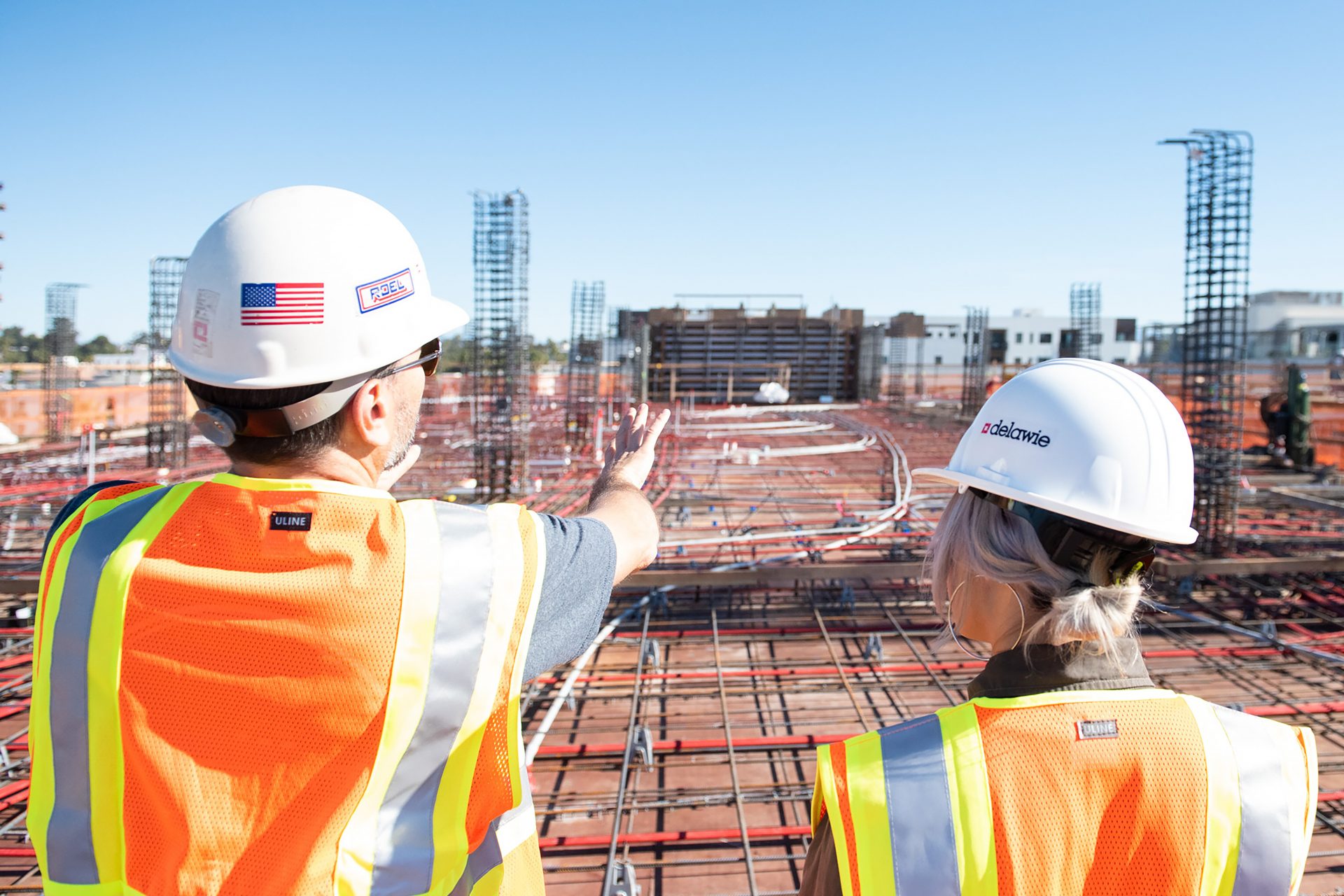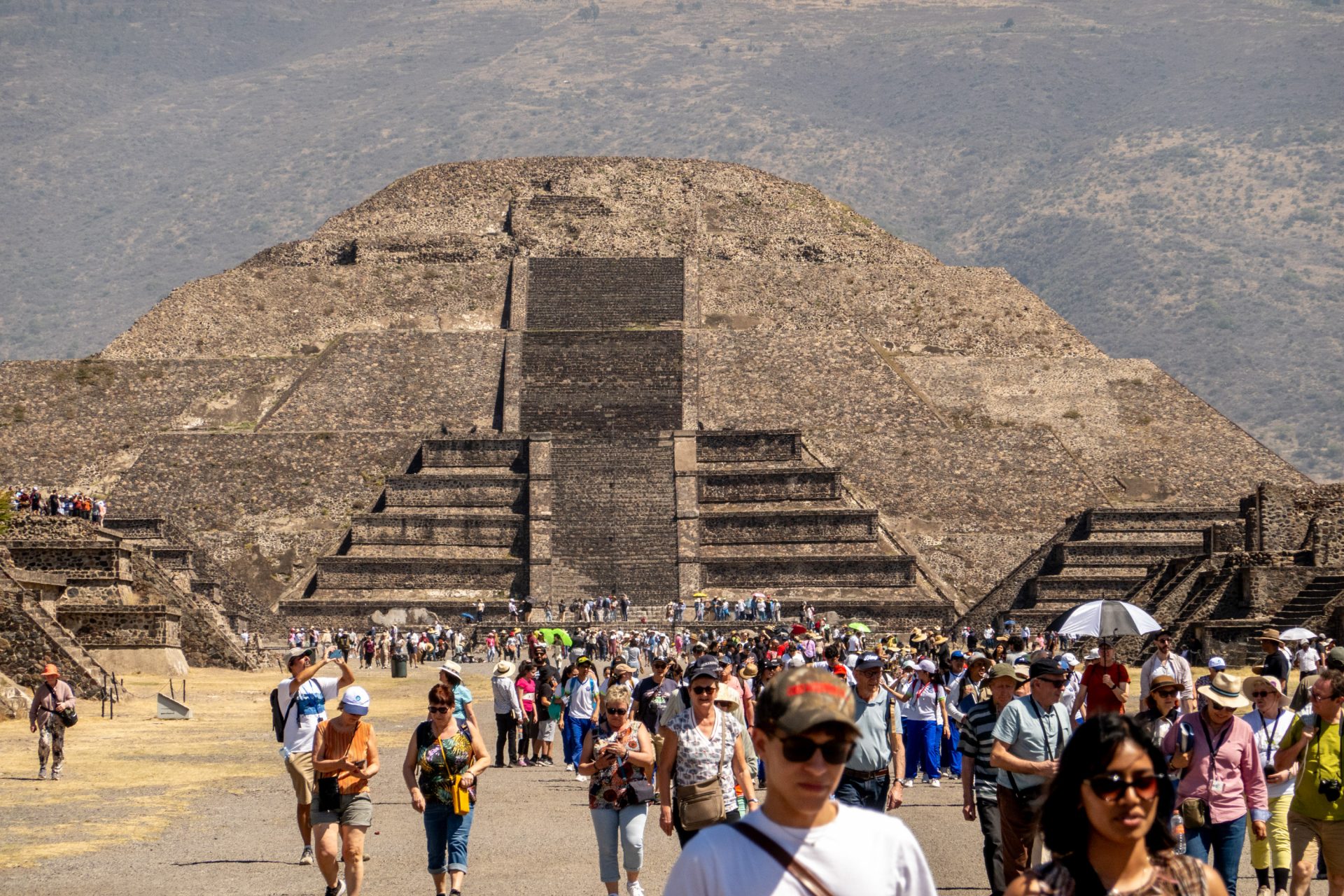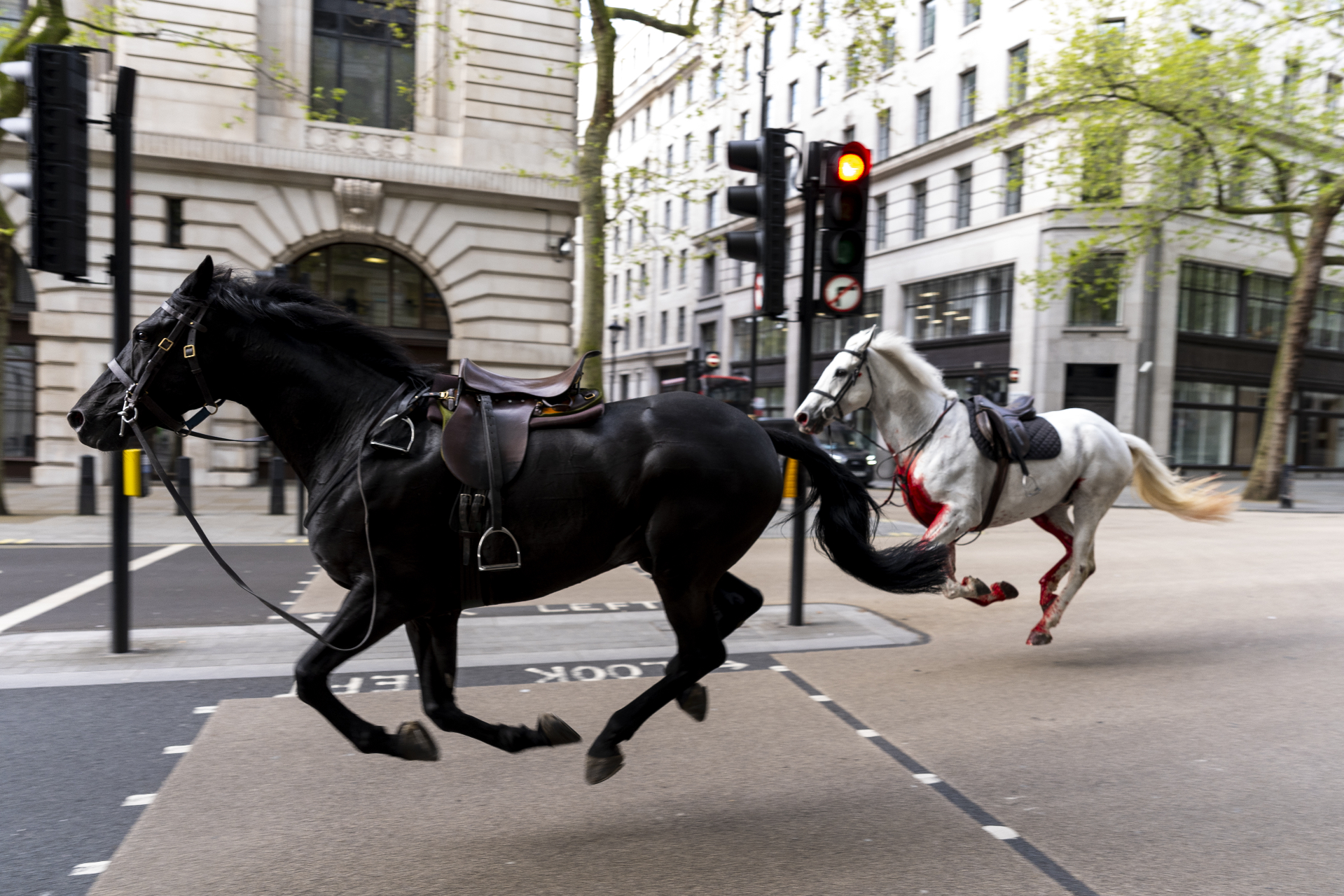Robotaxis are hitting US streets and people are protesting them
The first fleet of robotaxis in the United States was approved in San Francisco in 2023, and they are expected to spread to other cities, but not everyone is happy.
Newsweek highlights that driverless cars have been picking up passengers in San Francisco for a while now as part of an experiment and other metro areas in the United States such as Miami, Austin, Los Angeles, and Pittsburgh.
Image: @erondu / Unsplash
On August 10, 2023, the California Public Utilities Commission approved allowing two cab companies, Waymo and Cruise, to operate a 24-hour cab service of vehicles without drivers.
Image: @shenpan / Unsplash
Before this decision, the robotaxis were only allowed to offer its fared service from 10 pm to 6 am, when there’s less traffic and pedestrians on the street.
Image: @schiepatrick / Unsplash
Newsweek pointed out that both companies have major corporations behind them. Cruise is affiliated with General Motors while Waymo is, along with Google, another division of Alphabet.
However, the decision was met with criticism from different sides. The BBC highlights that taxi drivers, as well as employees of services such as Uber and Lyft, voiced concern that their livelihood was at risk.
Representatives of garbage disposal truckers argued these driverless cars have in the past broken down on important roads, affecting the city’s infrastructure.
Image: @jayclark / Unsplash
The San Francisco Fire Department voiced similar concerns, commenting at the time they had faced 55 road obstructions from the early stage of the introduction of robotaxis.
Another source of criticism came from groups representing people with disabilities, claiming that without the aid of a helper, disabled people might have a hard time getting a ride with these driverless vehicles.
Image: @jontyson / Unsplash
However, the biggest concern has been if this technology is safe enough yet to be massively released on the streets and roads.
Groups such as Safe Street Rebel have started to actively protest the presence of robotaxis on the streets of San Francisco, and a few of them have started to disable the driverless vehicles.
CNN reported that local San Francisco authorities have requested that Cruise, the robotaxi service affiliated with General Motors, recall half of its fleet.
California’s Department of Motor Vehicles confirmed to CNN that at least two of Cruise’s driverless vehicles were involved in collisions, one of them with an active fire truck.
On a blog post, Cruise’s San Francisco general manager explained that the fire truck crash occurred when the emergency vehicle was on route to a call and bypassed a red light. The post claimed that it identified the risk, but was unable to avoid the collision.
Another incident occurred when one of Cruise’s driverless taxis drove into a construction site and stopped in wet cement, CNN reported.
Image: @jos_holland111 / Unsplash
Robotaxis might be the future for passengers, but some time and trial-and-error is still necessary to iron out a few quirks.
More for you
Top Stories



